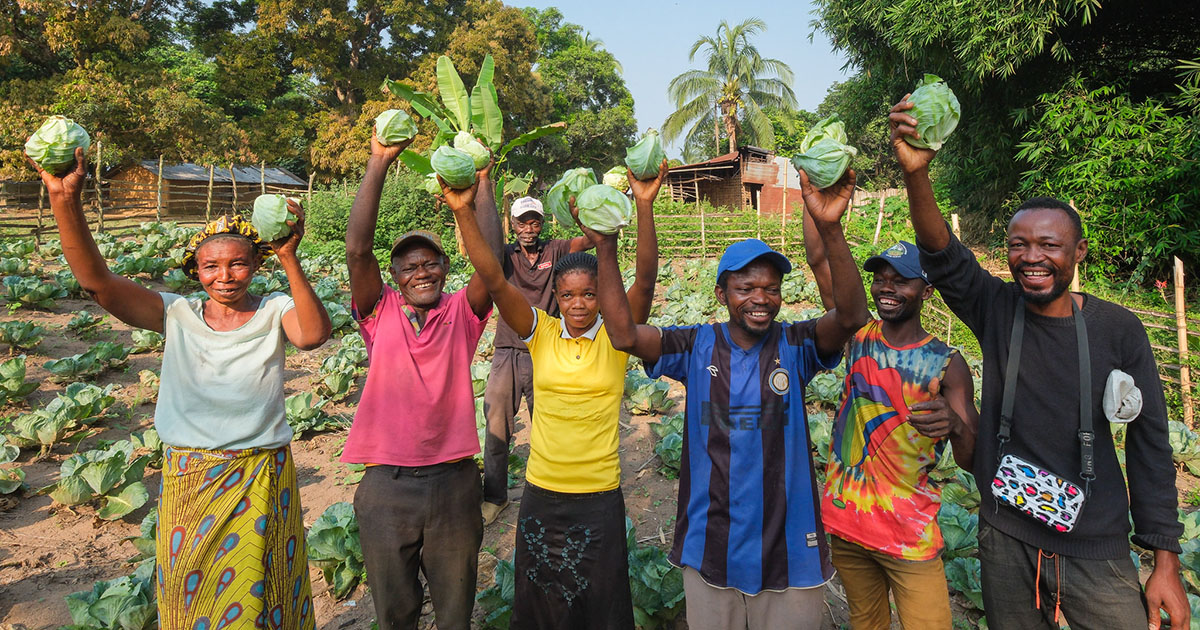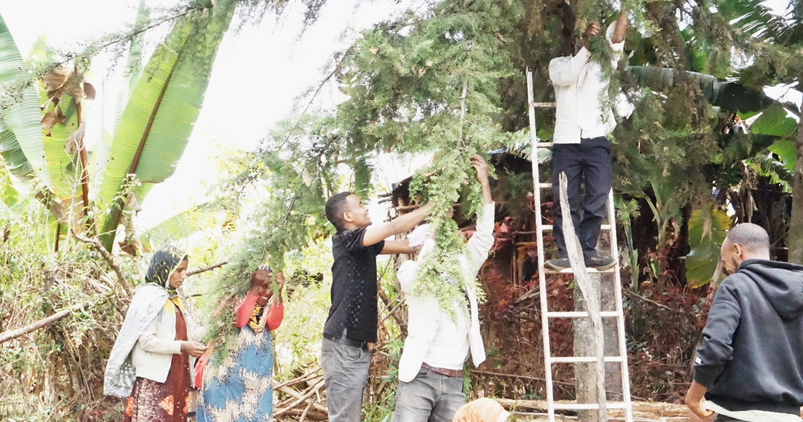Voluntary markets transacted over $66 million USD of forest carbon offsets in 2016, according to Forest Trends, and over 99% of those offset projects were audited to a standard, primarily the Verified Carbon Standard (VCS). We provide a table characterizing all 70 validated and verified forest carbon projects employing the VCS version 3.0 currently-in-use (December 2011–July 2017). We also examine two separate aspects of the audit process ––impact and thoroughness–– to assess the effectiveness of the costly audit process, which can consume up to one-third of offset revenue. Audit impact we measure in terms of reduction in the number of offsets from ex ante estimated to ex post approved. Audit thoroughness we measure both directly in terms of the number of auditor hours worked per project and also indirectly in terms of the total number of Corrective Action Requests (CARs)/Non-Conformity Reports (NCRs) auditors prescribe. In terms of impact, we find that Afforestation/Reforestation/Restoration (A/R/R) and Improved Forest Management (IFM) projects, though only constituting 5% of total verified offsets, demonstrate significant (p < = 0.05) reductions from ex ante estimated to ex post approved offsets, likely because auditors can easily scrutinize carbon stocks/emission factors for the commercial tree species involved in these project types. In terms of thoroughness, we find that higher ex ante estimates correlate with more total auditor hours worked and total CARs/NCRs prescribed for three of four project activity types, likely because auditors perceive larger ex ante projects as higher risk. We conclude with recommendations for the VCS to empower auditors to scrutinize carbon stocks/emissions factors from avoided deforestation projects, and also to continue to flag high ex ante projects as higher risk.
Download:
DOI:
https://doi.org/10.1016/j.envsci.2017.09.010
Dimensions Citation Count:

























